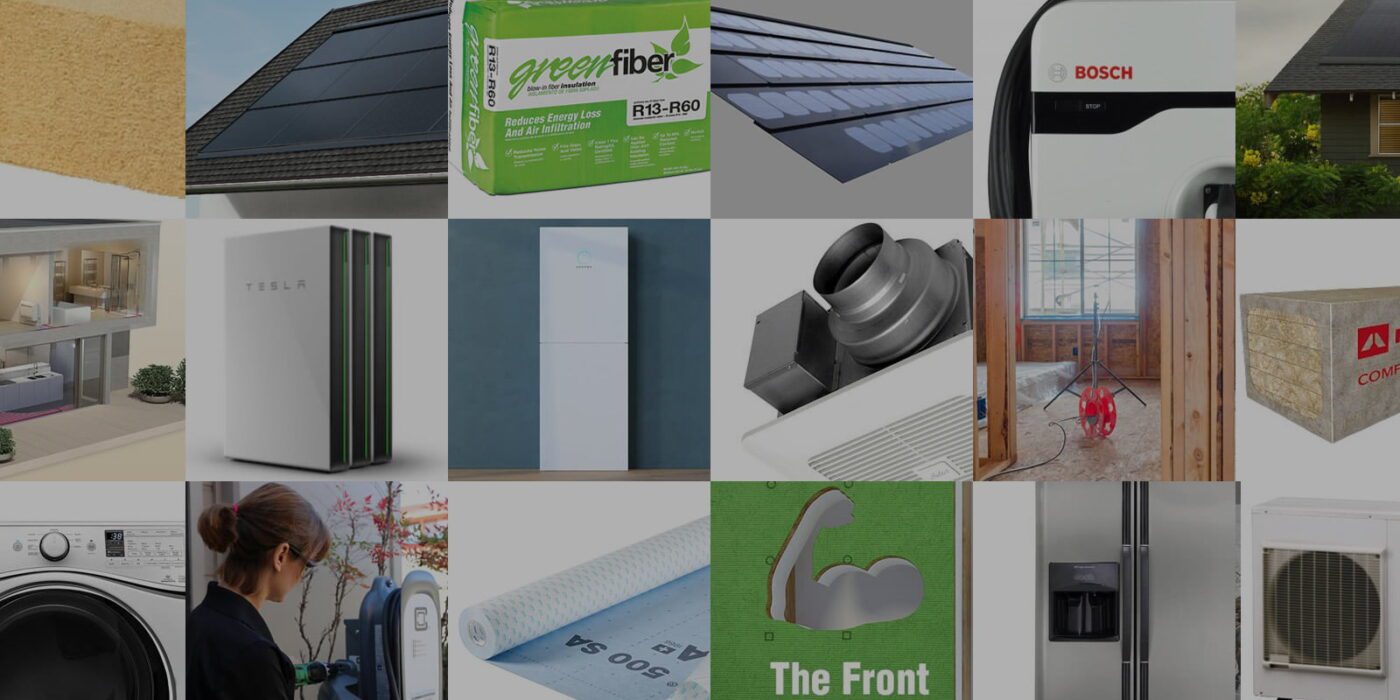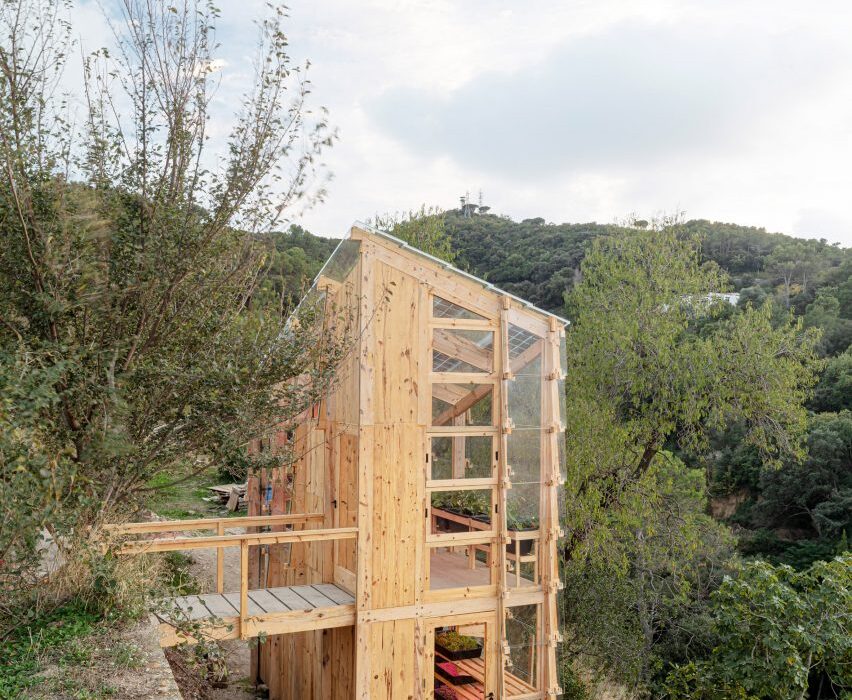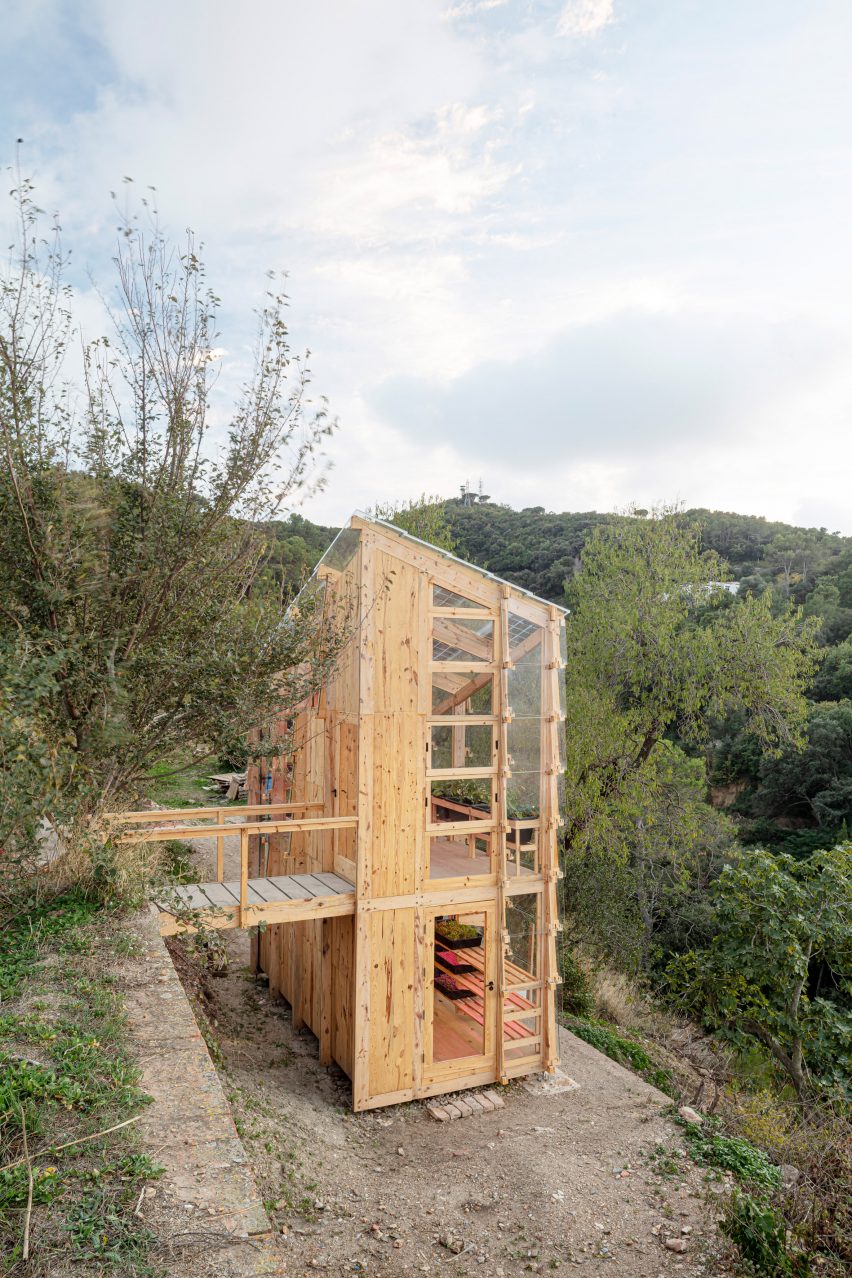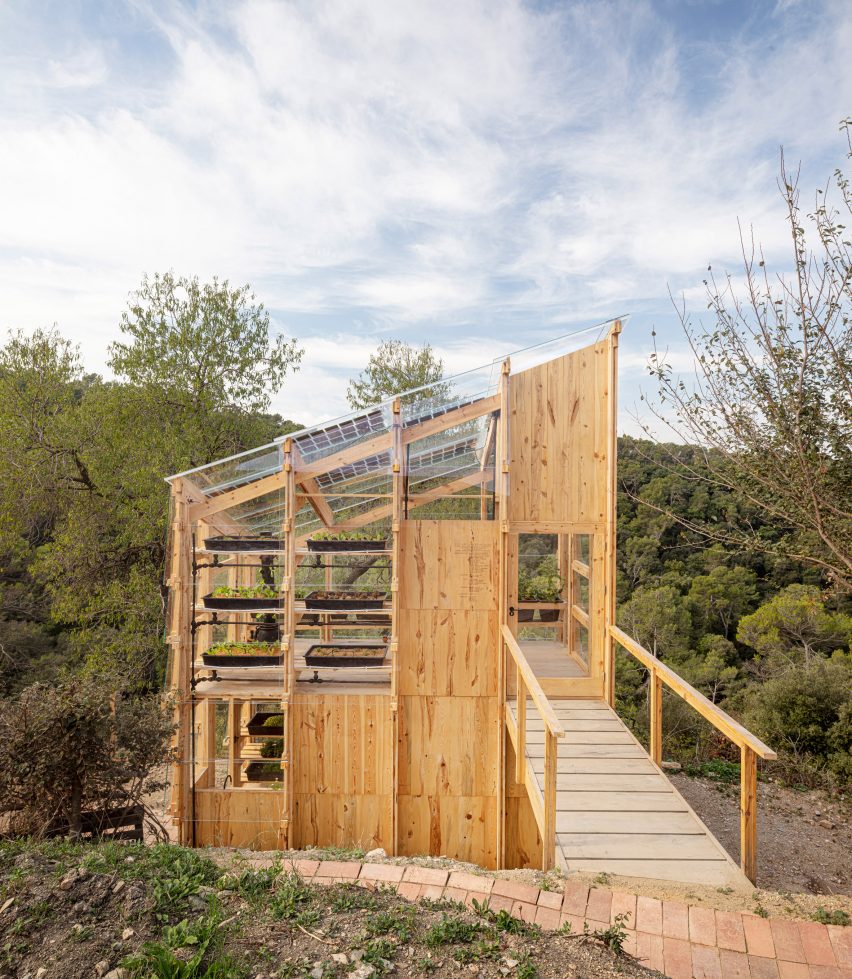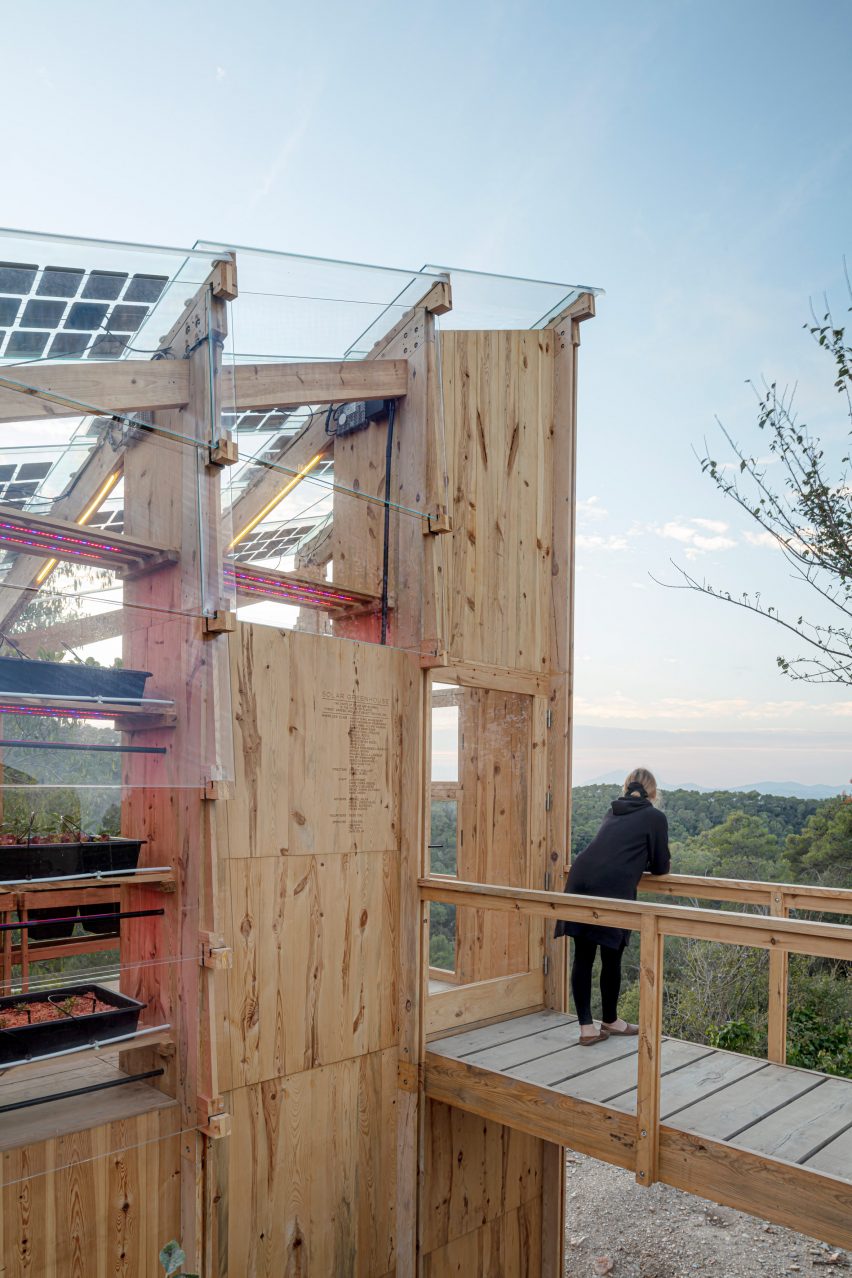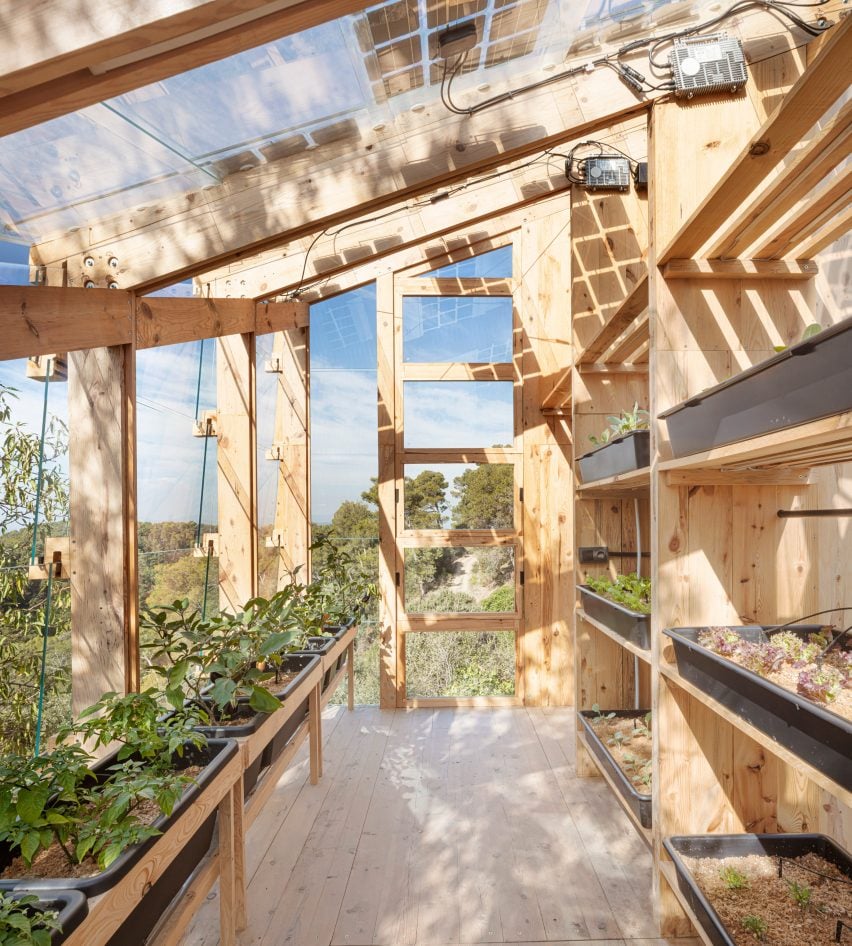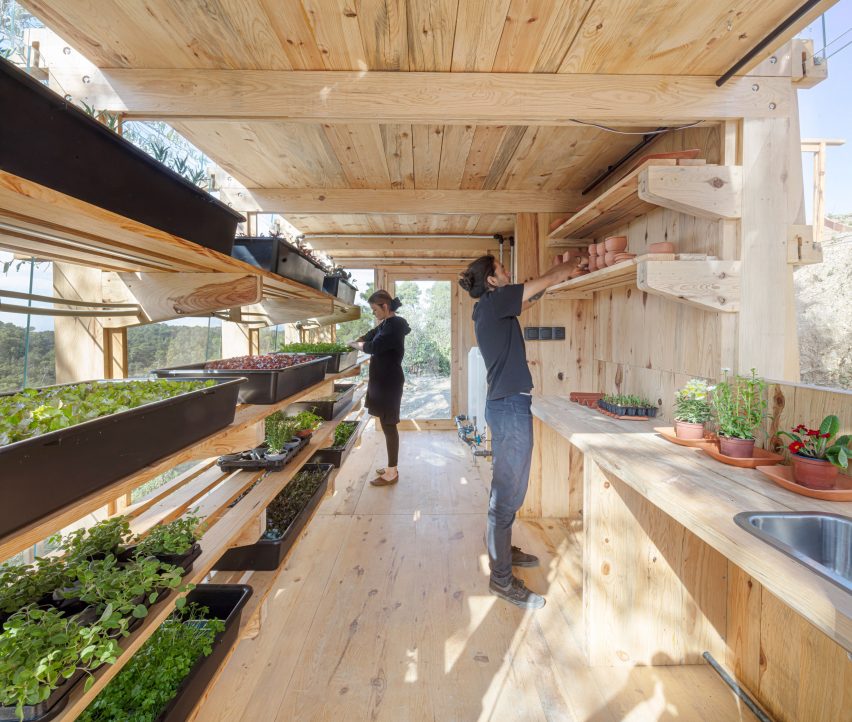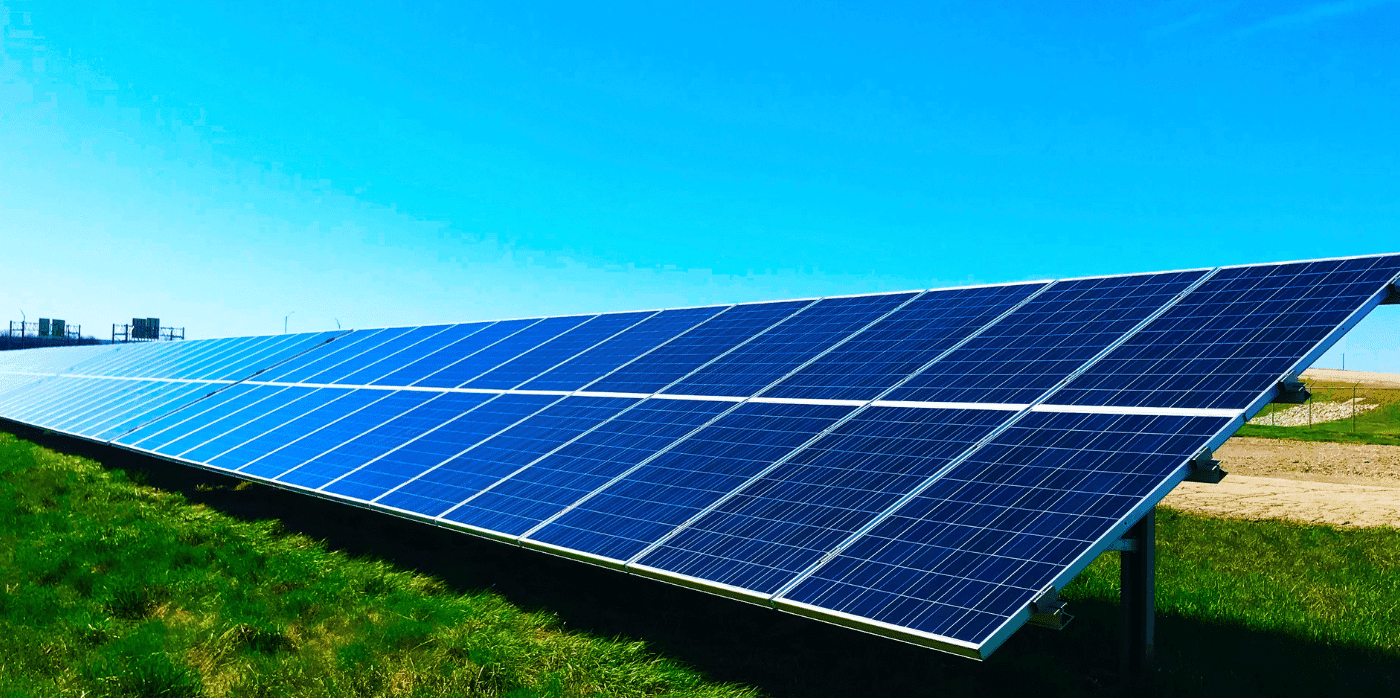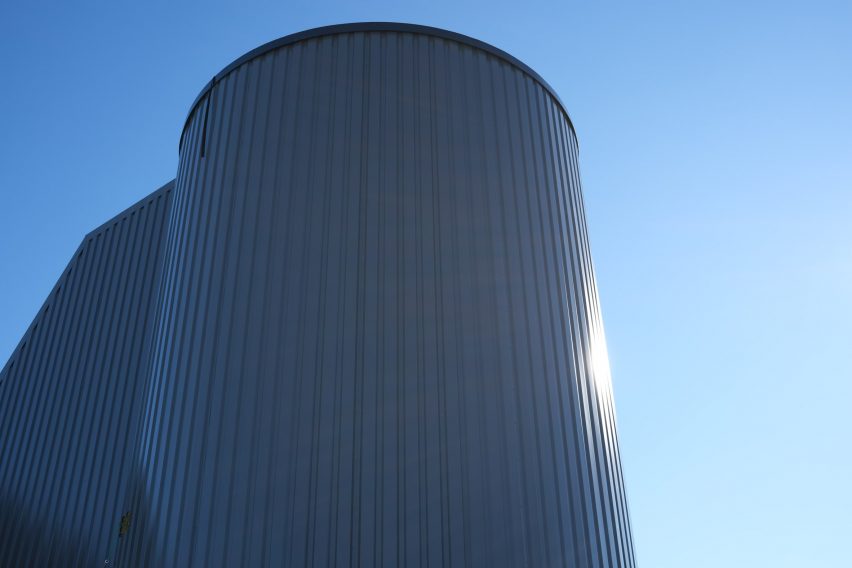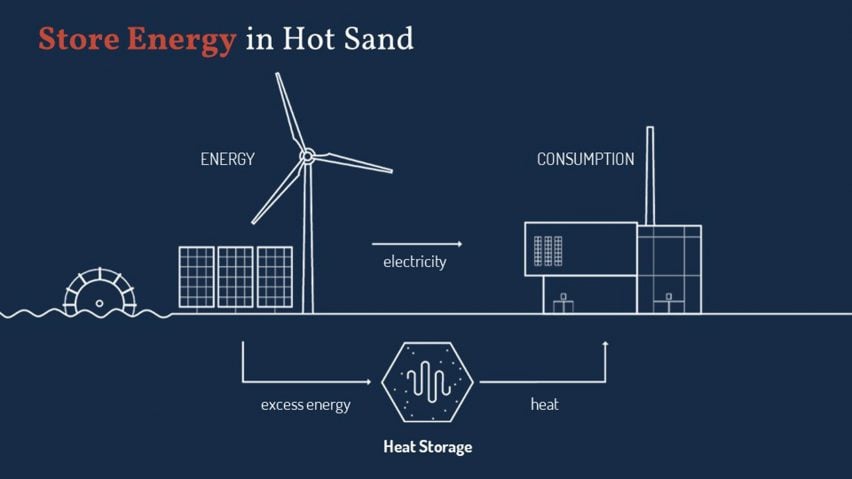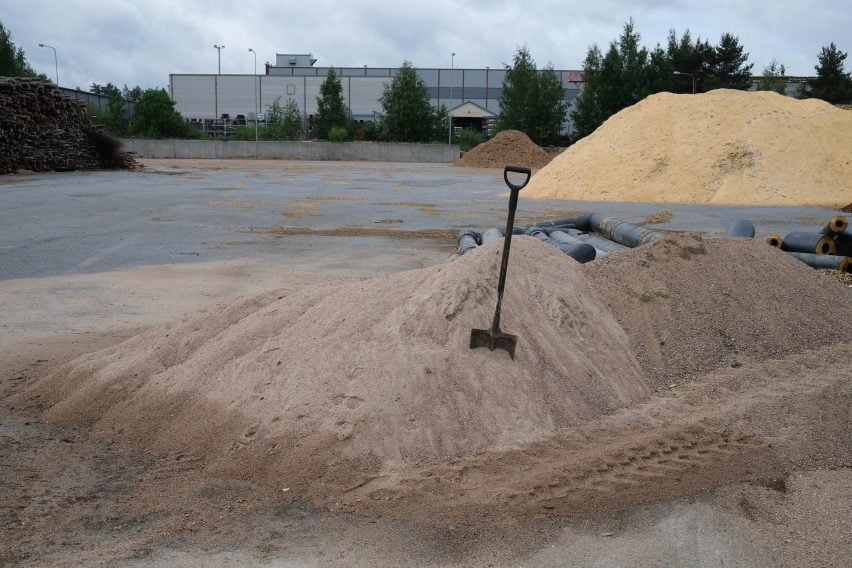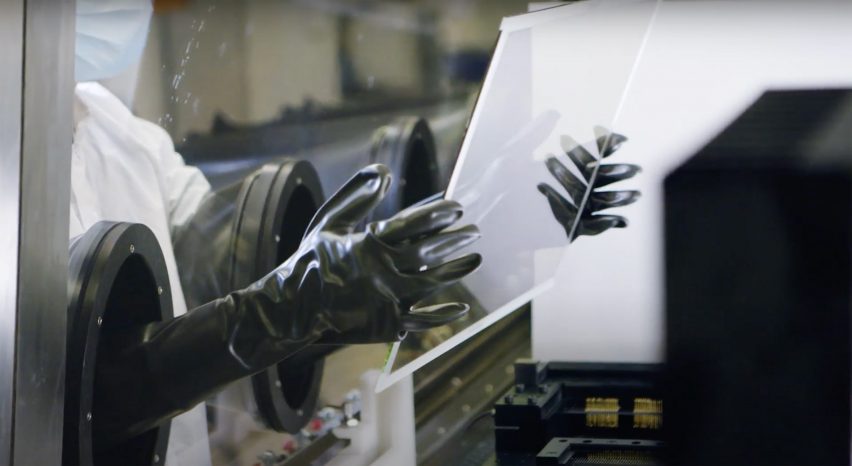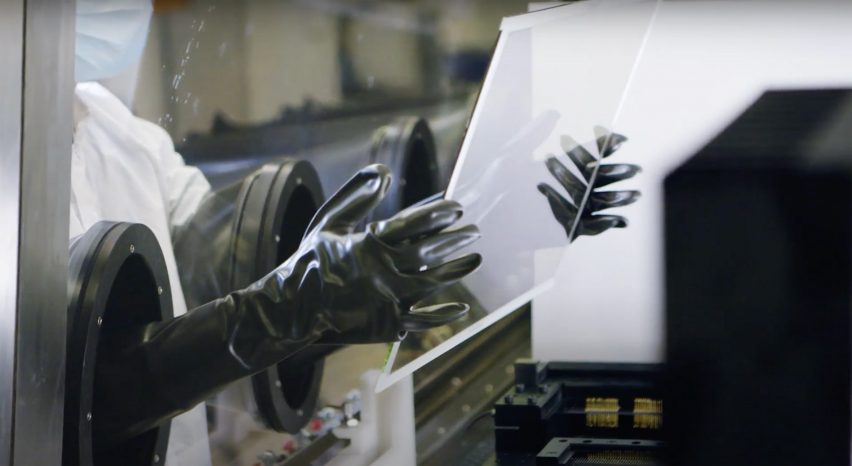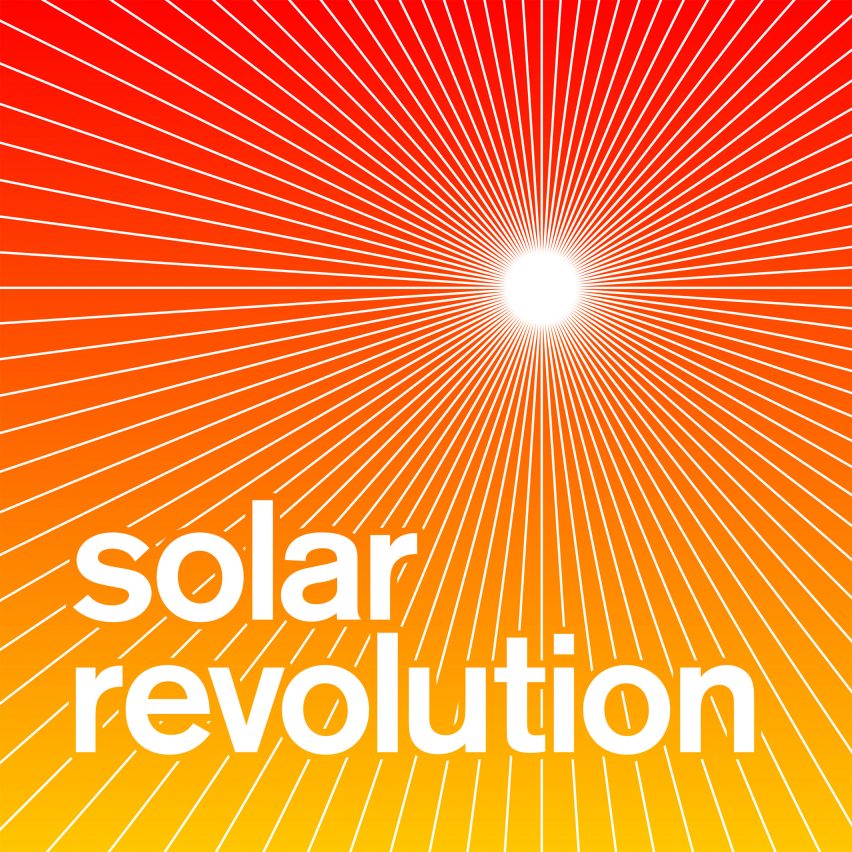Highlighting Useful Technologies for Getting to Zero: The New Zero Energy Project Product Directory
New technologies are making zero energy homes and buildings more affordable, healthier, and more comfortable than ever. The Zero Energy Project now helps you keep up with advanced building equipment and materials through our new Zero Energy Product Directory. Our focus is on energy-efficient, environmentally-friendly products that support and hasten the transition to zero energy homes and buildings.
Improved Efficiency
At ZEP, we are fond of saying that you can buy all the products you need to build a zero energy building “off the shelf”. While that’s certainly true, even mature technologies are improving their energy efficiency every year. For example, the success of heat pumps in heating and cooling homes is well established, and using heat pumps for water heating is gaining acceptance. Now heat pumps are being used for energy-efficient clothes drying as well. And mini-split heat pumps are now capable of heating a home even when outside temperatures drop below -13°F . As product offerings change and new products are introduced, one of the goals of the directory is to help you find the latest equipment and materials for your building project.
More Choices
While the key to affordability in zero energy buildings is, and always will be, good design, new technology offers designers many more choices. Technological advances are increasing efficiency and changing the balance between efficiency due to structural measures and efficiency as a result of high-performance equipment. For example, the rapidly falling price of solar electric panels is changing the relative cost-effectiveness of on-site generation versus that of structural improvements. Furthermore, solar roofing combines two functions that can be installed at the same time at lower cost than roofing and solar panels separately.
Lower Cost
It’s also true that it is sometimes cheaper to purchase an advanced product than to spend time and money on a labor-intensive, conventional approach. For instance, Aerobarrier is an aerosol sealant for buildings that can reliably reduce air leakage to a specified level in only a few hours. Air leakage is a complex problem with at least a dozen unique solutions. But this one technology promises to revolutionize the task of air sealing, especially for production builders.
New Capabilities
Finally, some new products offer capabilities that simply haven’t existed in the past. On-site battery storage is already a key component of major grid-integrated zero energy housing developments. This could become standard equipment in future zero energy homes and buildings. It’s a nascent technology that can benefit builders and buyers, while helping utilities even out the loads on the grid.
Greenhouse Gases
Reducing the energy needed to operate buildings has been the focus for years. Now that we are closer to realizing the goal of buildings that operate entirely on clean energy, it’s time to integrate the greenhouse gas impact of creating the products themselves. Sometimes called embodied energy, this is the greenhouse gas emissions resulting from extraction of raw materials, transportation, processing, manufacturing, installation, and disposal or recycling.
Products selected for the Zero Energy Project Product Directory exhibit low global warming potential compared to conventional materials or products. When available, the manufacturer has completed and made public a full life cycle assessment to show the range of benefits and impacts of its production, use, and disposal.
Indoor Air Quality and Environmental Safety
Since zero energy homes are so air-tight, it is important that the products used in them do not off-gas toxins, such as volatile organic compounds or formaldehyde, or contain chemicals contained in the Living Building Challenge Red List. These chemicals are a risk for homeowners, builders, fire safety personnel and for the environment.
New or Existing Buildings
New zero energy construction offers the easiest opportunity for installing these products. On the other hand energy efficient equipment has an especially important role to play in renovating existing homes toward zero. In these homes where the structure is already established and access is limited, upgrading the energy efficiency of the shell is more difficult and expensive. So it becomes necessary to take advantage of the opportunity to replace failing equipment with new, high-efficiency products, either over time or as part of a major energy upgrade on the path to zero. The energy savings that result may be sufficient to avoid having to make major structural changes.
Suggest Products for the Directory
While the Zero Energy Project Product Directory is not intended to be an exhaustive list of everything needed for high energy performance, our hope is that the Directory will stimulate the supply chain of cost saving, energy efficient products in a way that will help drive the zero energy movement forward. Our goal is to help you identify useful products, both new and tried-and-true, that will make it easier to build a zero energy home. We invite your suggestions for products to add to the directory as well as your feedback on listed products, which you can provide in the comment section at the bottom of each page.
Please Note: While the Zero Energy Project is funded in part by sponsorships, sponsors will have no effect on our editorial content or mission, which is to help us all advance towards a zero net energy, zero net carbon, society. Contact us for more information about sponsorship.

